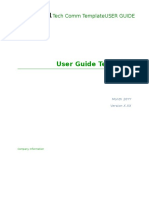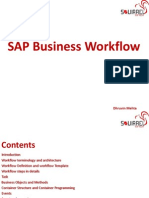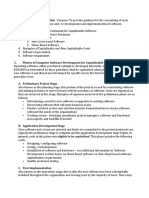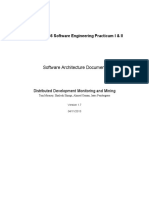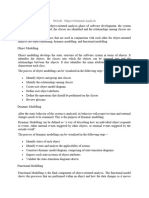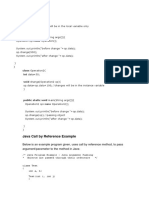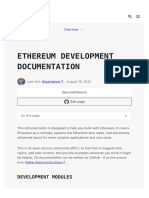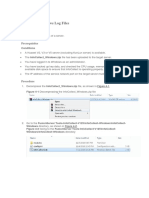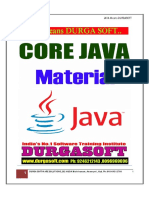0% found this document useful (0 votes)
3K views4 pagesBest Practices 4 Clean Workflows V01
This document outlines best practices for creating clean and efficient workflows in N8N, emphasizing the importance of descriptive node naming, visual organization, and modular design. It provides guidance on using sub-workflows, data passing, and debugging techniques like pinning data for improved performance and maintainability. Additionally, it highlights credential management and the need for regular workflow reviews to ensure clarity and efficiency.
Uploaded by
amine bouzidiCopyright
© © All Rights Reserved
We take content rights seriously. If you suspect this is your content, claim it here.
Available Formats
Download as PDF, TXT or read online on Scribd
0% found this document useful (0 votes)
3K views4 pagesBest Practices 4 Clean Workflows V01
This document outlines best practices for creating clean and efficient workflows in N8N, emphasizing the importance of descriptive node naming, visual organization, and modular design. It provides guidance on using sub-workflows, data passing, and debugging techniques like pinning data for improved performance and maintainability. Additionally, it highlights credential management and the need for regular workflow reviews to ensure clarity and efficiency.
Uploaded by
amine bouzidiCopyright
© © All Rights Reserved
We take content rights seriously. If you suspect this is your content, claim it here.
Available Formats
Download as PDF, TXT or read online on Scribd
/ 4




















